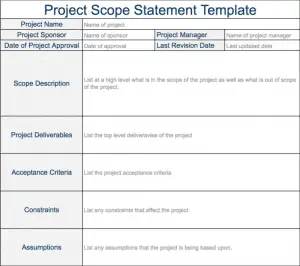In the article Story Points Explained, I spent a lot of time going through exactly what a story point is, and how it’s impossible to say how much time an individual story point will take to complete. Since then, it has occurred to me that having spent so much time relating story points to hours, it might not have been obvious to some why you should use story points at all in the first place. Because of this I’ve tried to list the main advantages of story-points below:
- By estimating the size of a story and not duration we are being forced to use relative estimation. Numerous studies have found we are better at relative estimation than absolute estimation*. As an example, if I asked you to drive from an address in Boston to another address in New York City, both of which you’d never been to before, but you did frequently drive between Boston and New York City, then you’d probably be able to give me a fairly accurate estimation of how long the journey might take based on your previous trips. Story point estimation uses the same relative estimation to improve our estimation accuracy.
- Man days can vary depending on which person in the team is doing the work. Story points are much more constant – they are a universal form of measurement across the team.
- After several sprints the team should reach a “steady state” whereby it becomes much more easy to understand how much work can be done per sprint. The team is “in the zone”.
- Story points can be added together and we can use this information for sprint planning. Time based durations cannot not be added together in this way for the purposes of planning.
It’s probably possible to infer most of these advantages from the previous article, Story Points Explained, but I thought it would be a good idea to call it out explicitly.










